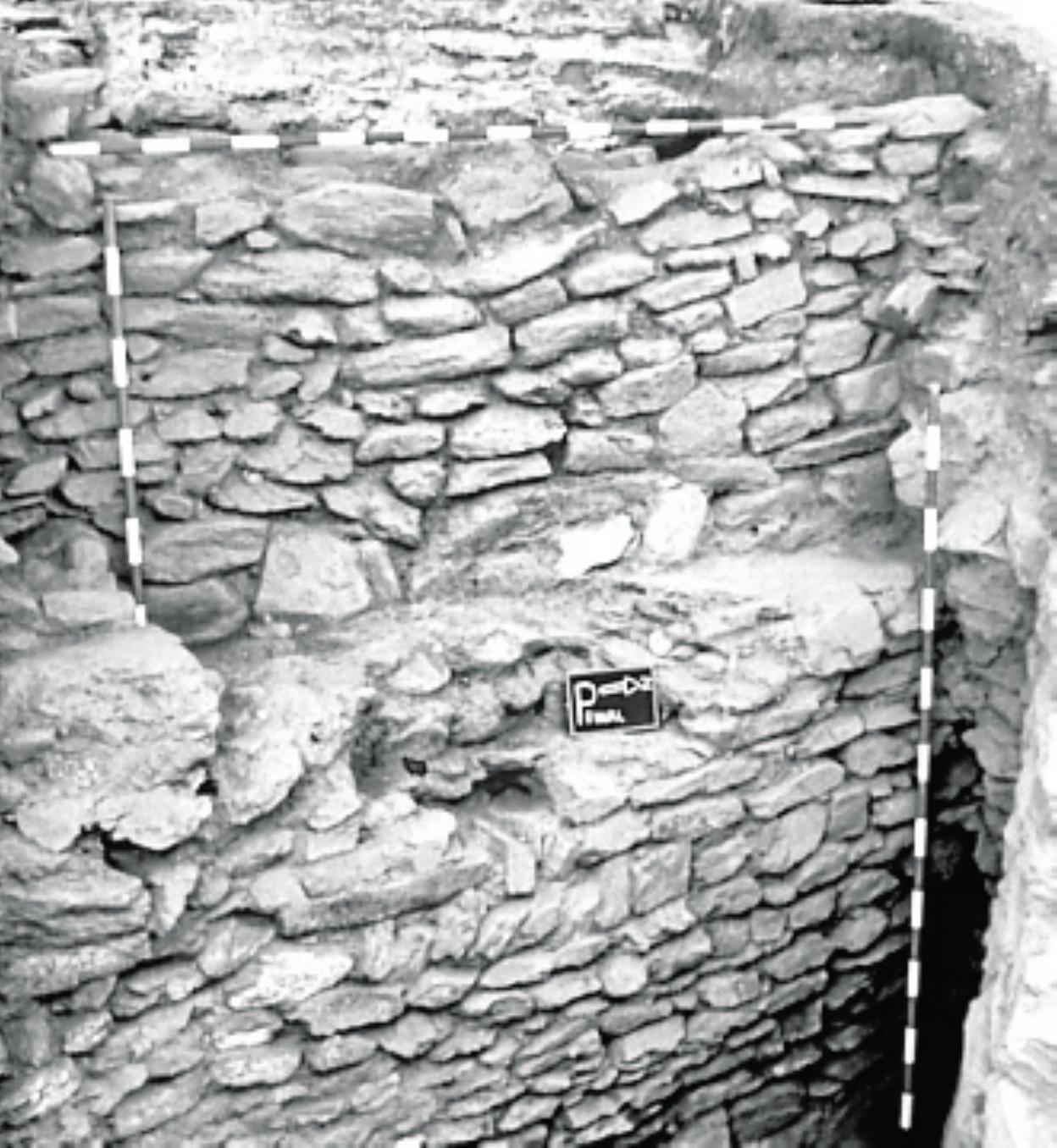Fuengirola joined Europe's oldest continuously inhabited locations when archaeologists uncovered evidence of civilisation from two and a half thousand years ago. Prior to that, early sea traders, farmers and metal miners knew of this ideal location, yet left no evidence that they had used ... it.
The Phoenicians, a trading people from Lebanon and Syria, expanded through independent city-states in trading locations across the Mediterranean. From 750 BC, their ability to build large ships created a rise in maritime, mercantile, and cultural activity. They settled Cadiz earlier and their artefacts are identified in Malaga by the late 7th century BC. In their travels between Malaga and Cadiz they must have found and coveted this defendable location with it's five rivers, shelter, sun and rich soil. At the start of the 6th century BC the Phoenicians became the first known occupiers of the location of Fuengirola.
We know they called it 'Syalis' because the town's first known famous visitor, the Greek historian and geographer Hecataeus, wrote about it around 500 BC. In 2018 Ayuntamiento de Fuengirola published a book by two eminent historians Juan Antonio Martín Ruiz and Ramín Hiraldo Aguilera.
They describe the evidence and importance of the Phoenician settlement by connecting local finds with the wider Phoenician economy and culture. They identified coins, jars, pots, tableware, bowls, basins, ovens, ironware, metalworking objects and even pottery made on a wheel.
From fragments recovered they have recreated known ceramic designs with geometric patterns that speak of dates, rulers, rites and gods. They explain the Phoenician foundations of the Castle and rectangular dwellings with Egyptian building styles of brick and lime around central courtyards. Other finds indicate a civilised and colourful lifestyle with the remains of sheep, pigs and cows and even oriental cats and dogs. The settlement around the castle could have sustained around a thousand people with more in the surrounding areas.
Empires fall, and by the third century the empires of Carthage and Greece were more concerned with the Eastern Mediterranean. This ideal location is unlikely to have been unoccupied between empires because of its location, resources and defences. Since then, and throughout history, it was on the map; a known, ideal and strategic location that would be occupied by whoever could defend it. We can only guess who that was, until 218 BC when the Roman Empire entered Malaga and territory beyond.

Comentar es una ventaja exclusiva para registrados
¿Ya eres registrado?
Inicia sesiónNecesitas ser suscriptor para poder votar.